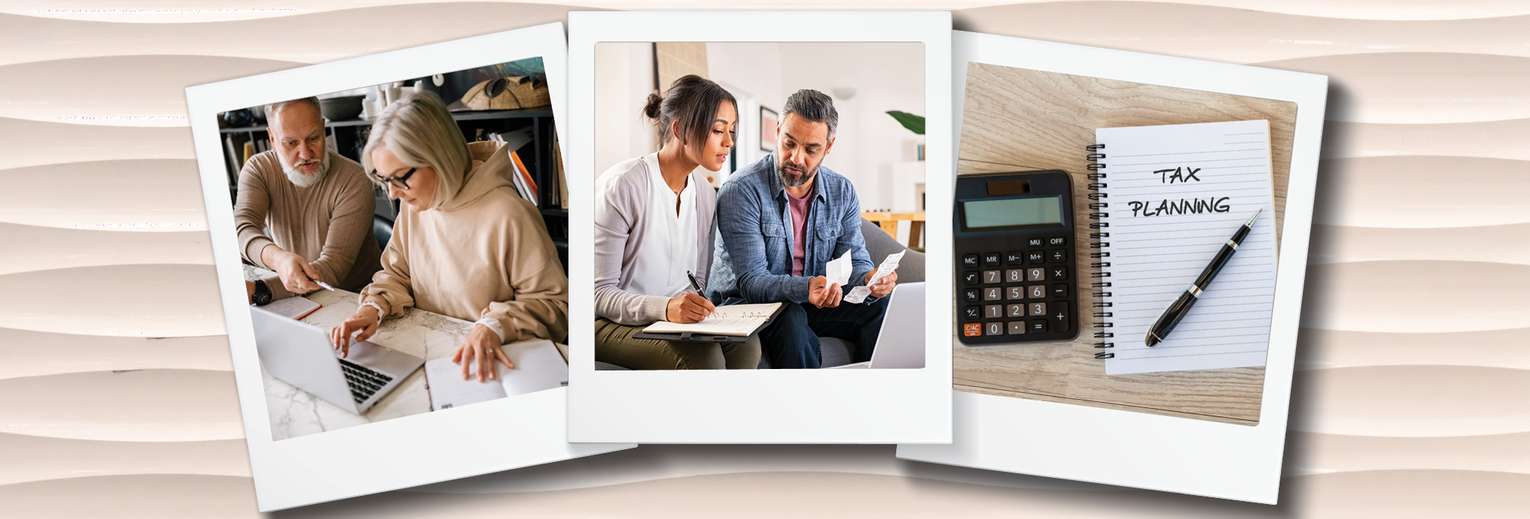Owing income tax debt to Canada Revenue Agency (CRA) can make one uneasy. An unexpected tax bill can strain your finances and feel overwhelming to manage before the CRA’s payment deadline. Dealing with tax debt is a major challenge for many Canadians due to the difficulty of paying the balance in full, often leading to a growing balance with the addition of interest charges.
When it comes to tax debt, you aren't alone, and solutions are available. Let’s start by understanding why you have income tax debt, its consequences, and all the options available to resolve it.
Why do I have tax debt?
From a change in career to withdrawing from your RRSP, tax debt can happen for a variety of reasons and can be surprisingly easy to get into. Common situations that might lead to unexpected income tax debt include:
• Earning income from multiple sources, resulting in incorrect tax amounts being withheld.
• Switching jobs midway through the year pushes you into a different tax bracket.
• Incorrectly receiving government benefits, such as CERB, and being asked to repay them.
• Being self-employed and not setting aside enough for taxes.
• Making withdrawals from your RRSP within the tax period.
• Receiving a lump sum of money, like a pension payout, without tax withholdings.
• Drawing pension income without sufficient tax withholdings.
• Failing to file taxes in previous years.
What happens if I don't pay my tax debt?
CRA is a powerful creditor that has unique privileges for collecting debt. If you owe tax debt, it’s important to be aware of the collection actions that the CRA could take against you:
-
Withhold your tax returns and GST/HST One of the CRA's first steps is to keep any money it owes you, whether it’s keeping your tax returns, rebates, or GST/HST cheques.
-
Garnish your CRA can require your employer or anyone else that owes you money to send a portion of your income directly to them to go towards your debt. This method, known as wage garnishment, can significantly impact your regular income stream.
-
Secure a judgment on your assets. CRA can obtain a court-appointed judgment on your assets, such as your home, for the amount you The judgment can prevent you from selling or refinancing your home until you pay the debt. If you fail to pay, the CRA can seize and sell your property to settle the debt.
-
Find other people to pay. CRA can make other people liable for your tax debt if you've transferred assets or made gifts to them while you owed tax CRA may issue a “Notice of Assessment” under section 160 of the Income Tax Act, which allows them to make others liable and pursue collection action to recover the debt.
What can I do about my tax debt?
If you find yourself owing money to the CRA and cannot pay your balance in full, several informal and formal debt relief options are available to you.
Negotiate with the CRA
The first step in managing your tax debt is ensuring all your tax filings are current. CRA is more willing to negotiate payment terms if they see that you've been diligent about filing your tax returns, even if you have an outstanding balance.
Next, take a close look at your finances to determine if you can repay the debt in full. Prepare a basic budget to figure out how much money you can afford to pay upfront and monthly. Even if you can't repay the debt in full, knowing where you stand is important.
Once you've gained a clear understanding of your financial situation, you can approach the CRA to discuss potential payment arrangements. Keep in mind that the CRA's goal is to recover the full amount owed, so be prepared to present a plan that leads to full payment of your tax debt, including all interest and penalties.
Fairness Provisions of the Income Tax Act
In certain circumstances, you may be eligible for relief from penalties and interest under the Fairness Provisions of the Income Tax Act. To qualify, you must demonstrate that extraordinary circumstances and financial hardship have prevented you from making your tax payments. It's important to note that even if you qualify for relief under these provisions, you're still required to pay the principal amount owed.
Formal debt relief
Only a Licensed Insolvency Trustee (LIT) can help relieve your tax debt. A LIT will walk you through all your options and help you determine if a consumer proposal or bankruptcy is the best choice to get you a fresh start. Formal debt relief solutions have helped countless Canadians manage, reduce, or eliminate their debt, including tax debt. In addition to this, virtually all types of consumer debt, such as credit card debt, personal loans, and payday loans, can be included in a consumer proposal or bankruptcy. Filing a consumer proposal or bankruptcy will stop collection activity, interest payments, and penalties.
How to avoid tax debt in the future
The number one thing you can do to avoid tax debt in the future is to make sure you’re filing your taxes before the deadlines—April 30th for individuals and June 15th if you’re self- employed. If you're able, making your payments on time and in full will help you avoid penalties and interest from the CRA. It’s also important to make sure you’re up to date by filing any returns that you’ve missed to reduce further penalties and interest from those tax years.
It’s also important to know when to ask for help. If you feel stressed about an outstanding balance with the CRA, a Licensed Insolvency Trustee can help. By understanding all options available to you, you can feel confident in your decision to step into a fresh start.
